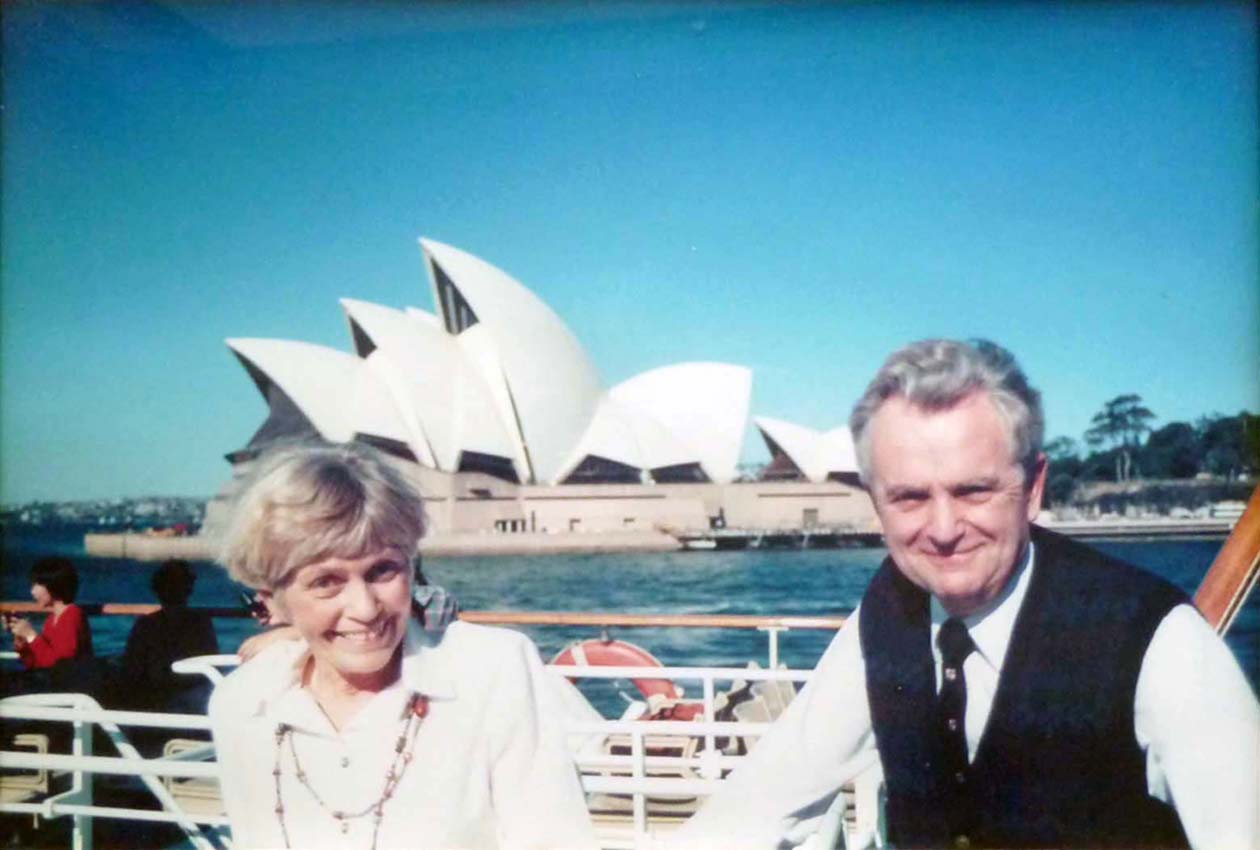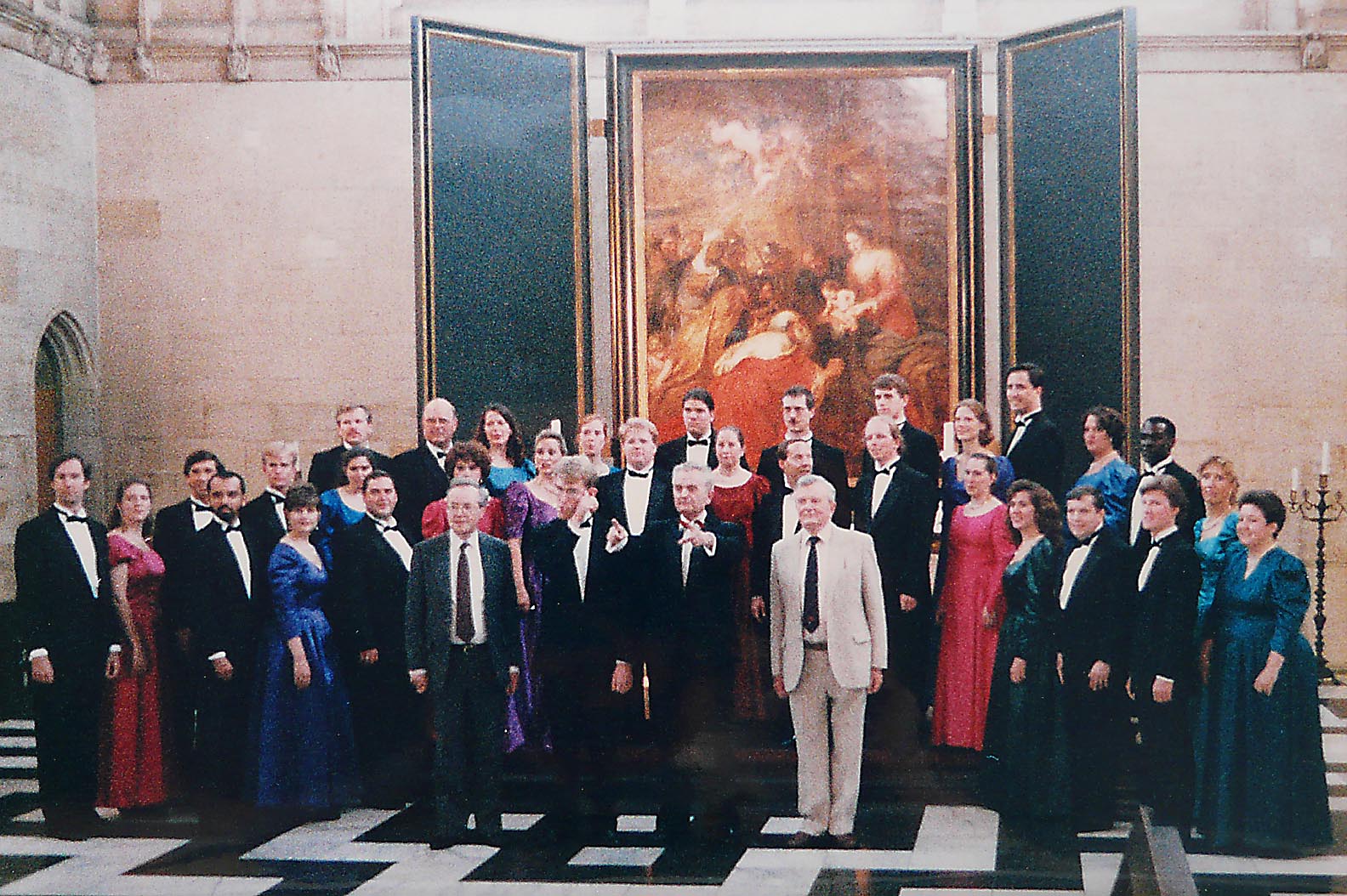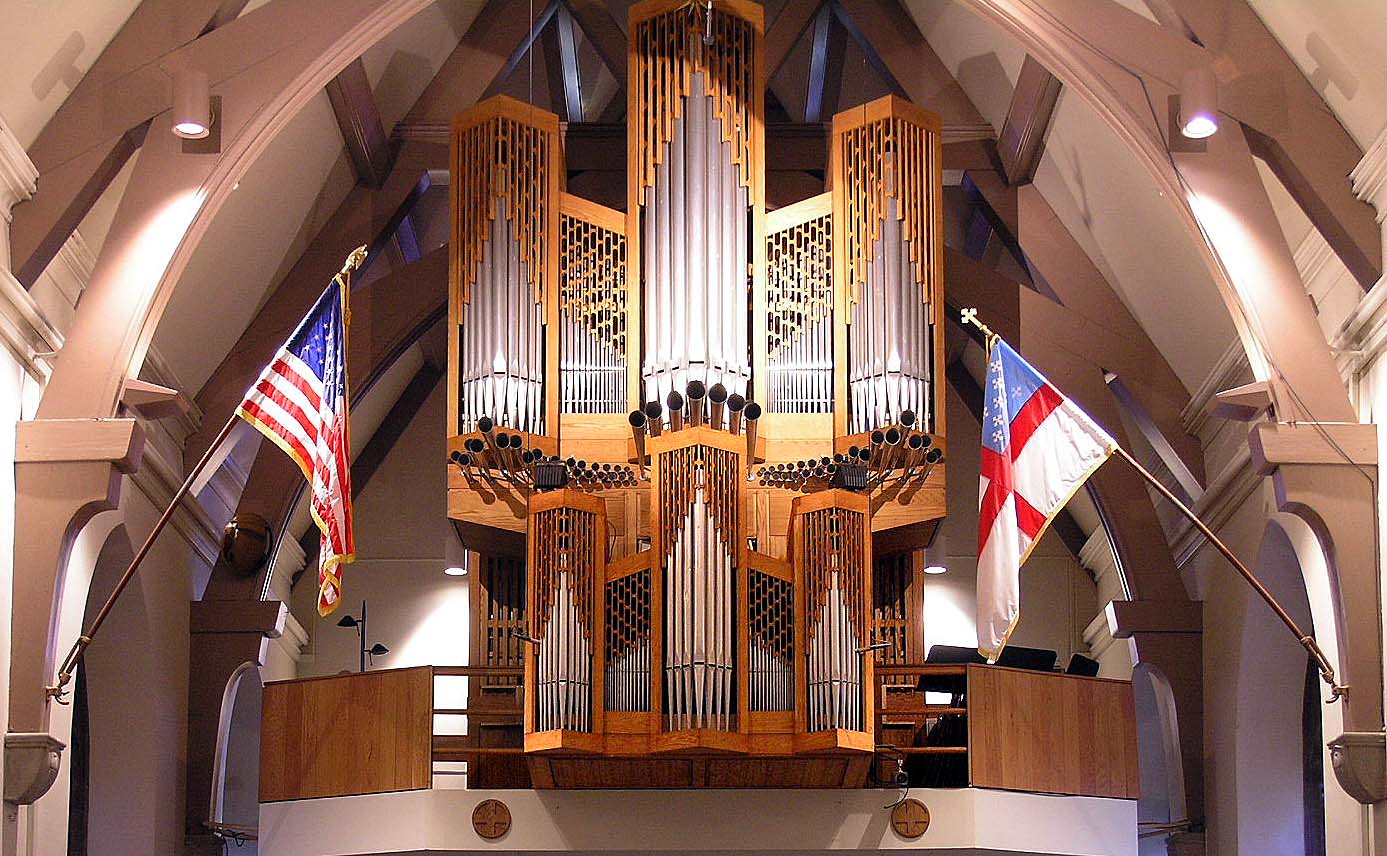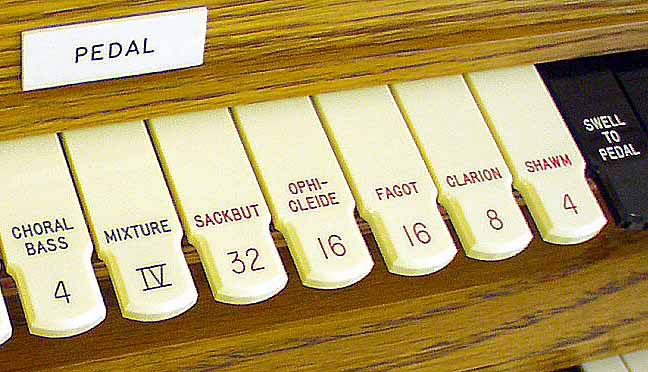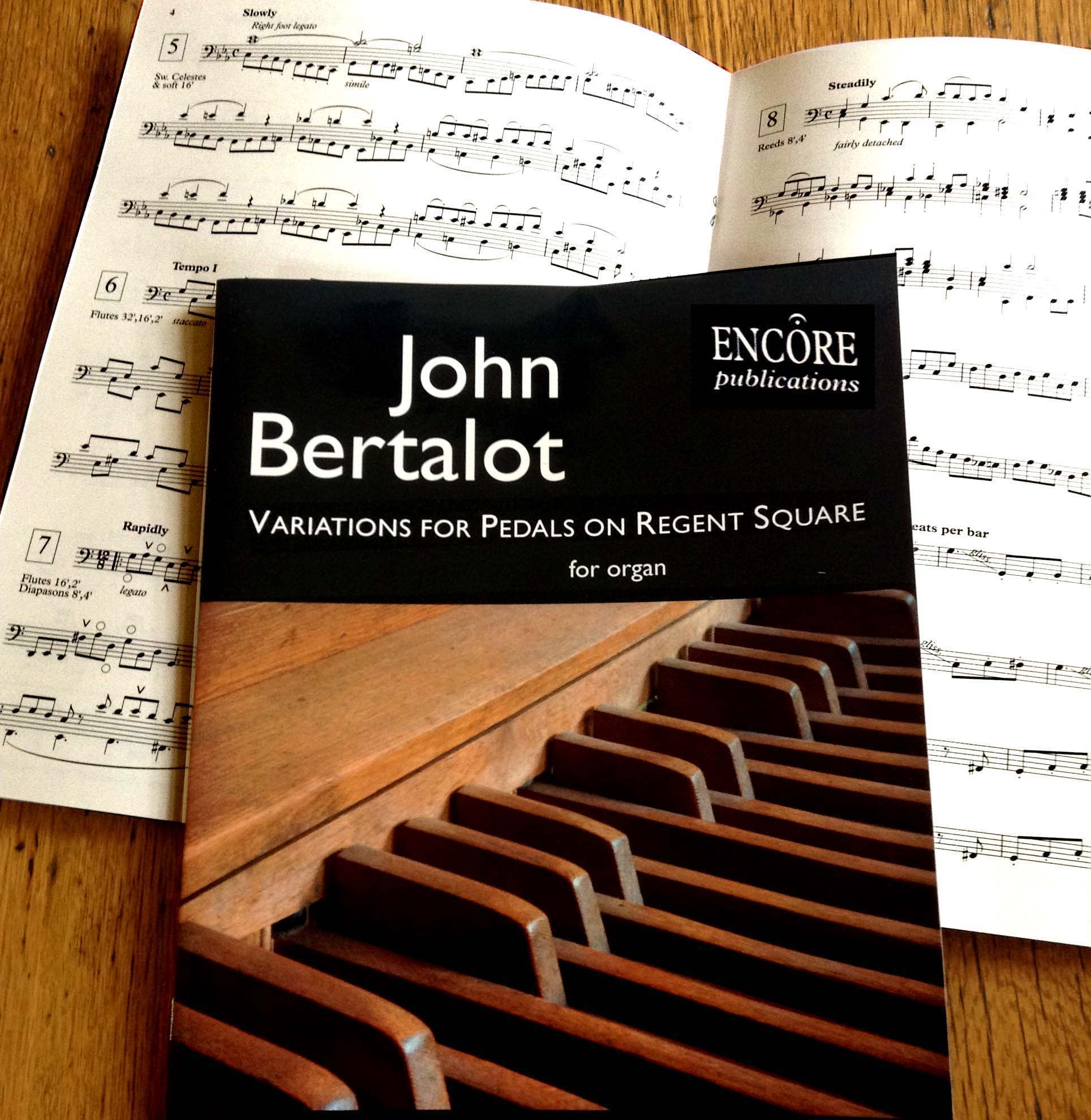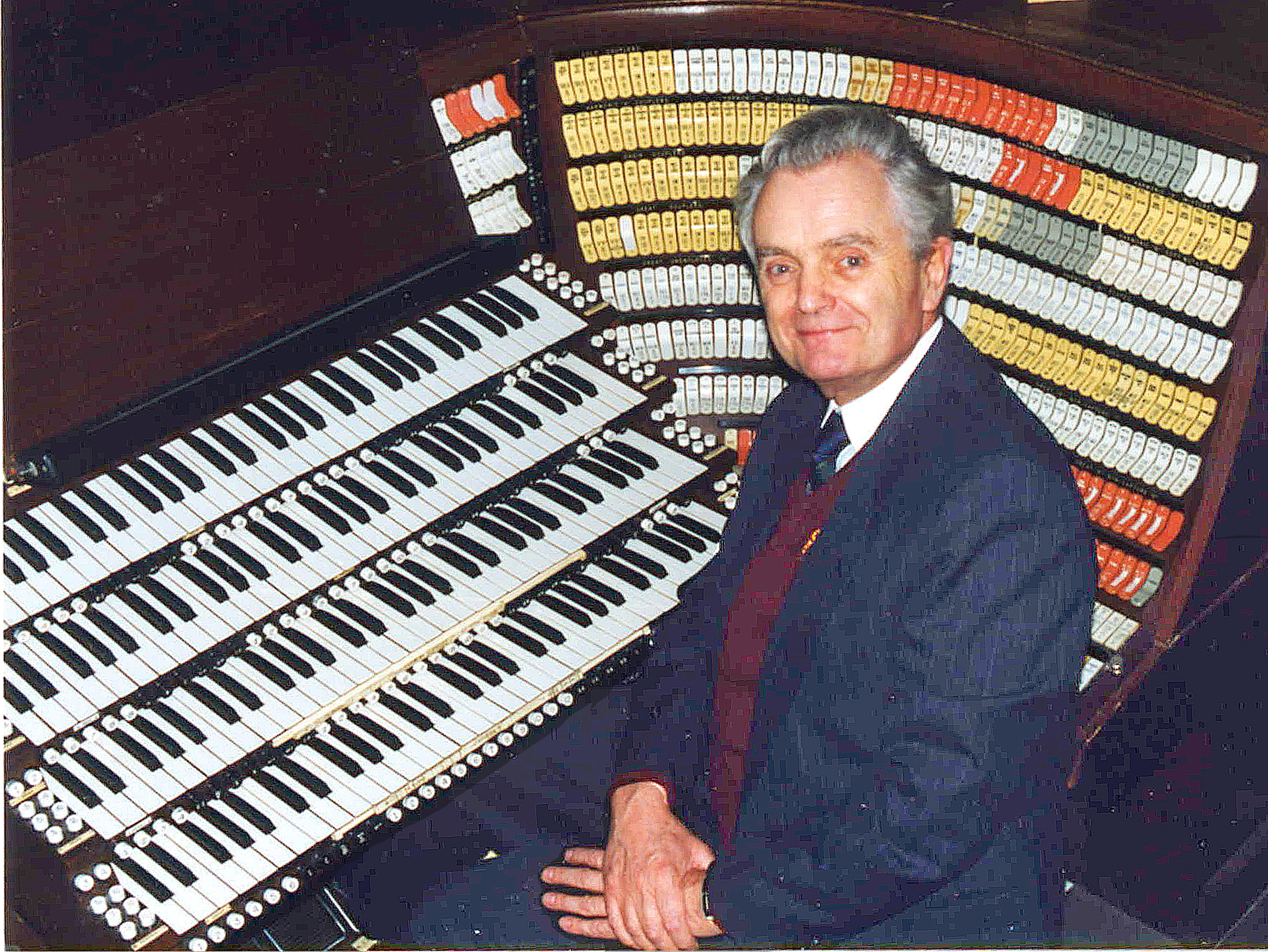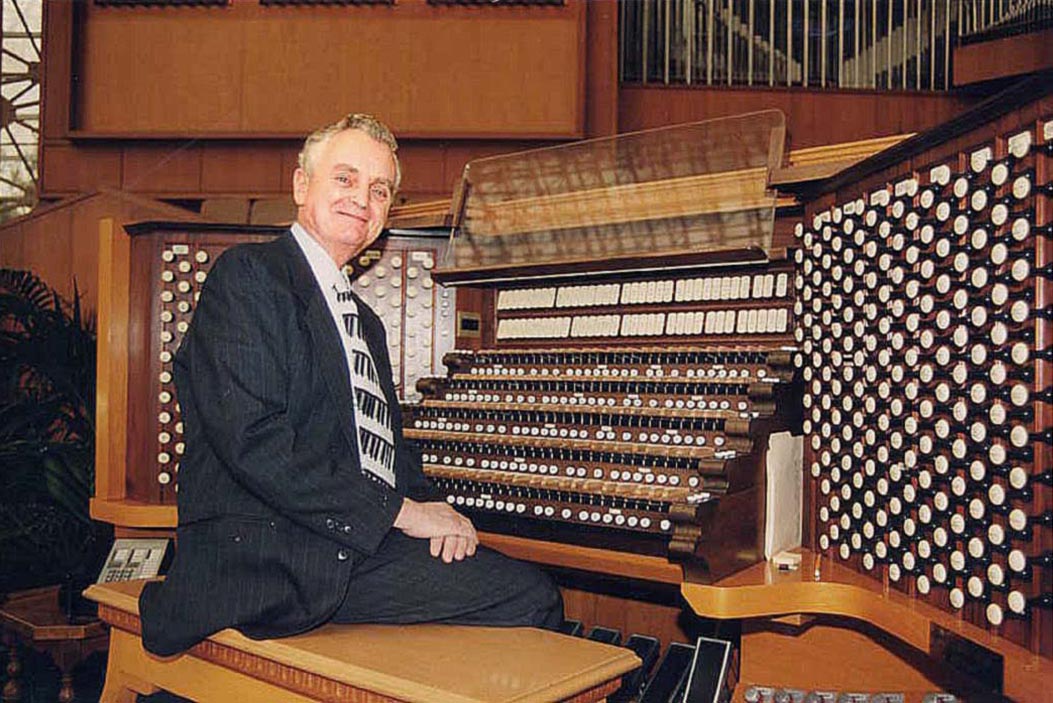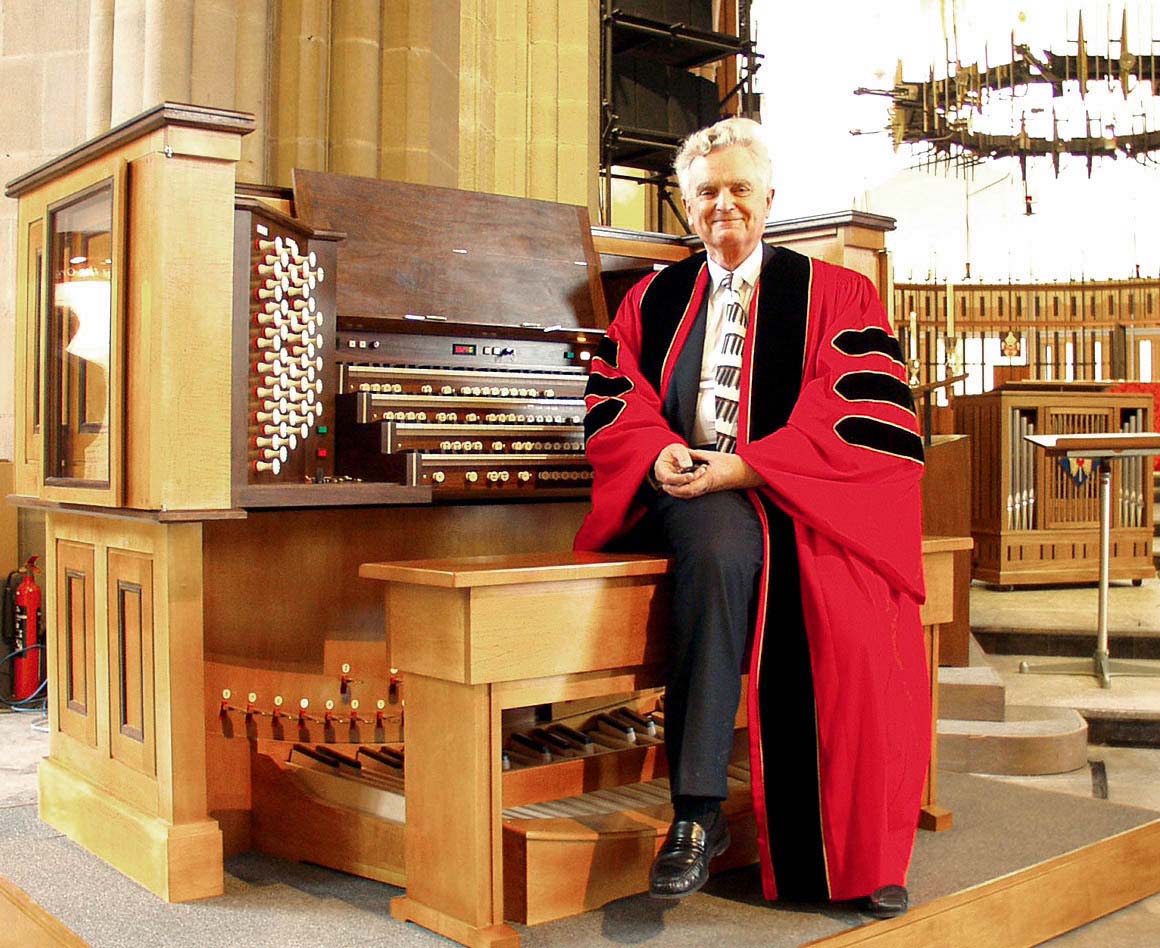How to transform your choir
and fill your stalls
with enthusiastic singers
24 One hundred per cent?

by Dr John Bertalot
Organist Emeritus, St. Matthew's Church, Northampton
Cathedral Organist Emeritus, Blackburn Cathedral
Director of Music Emeritus, Trinity Episcopal Church, Princeton, NJ, USA
I recently attended a service sung by a potentially good adult choir, and I arrived in time to hear their pre-service practice. They were only potentially good, for they could, so easily, have been much better. Their conductor quickly demonstrated (to me, at least) four major faults, and so his choristers were not able to give of their best. What were those faults?
1 NO WARM-UPS
He began by asking them to sing through the unaccompanied anthem. But they weren’t in tune – some voices were flat. What was the conductor going to do about it? He did nothing, so those singers continued to sing flat, and they infected the whole choir so that the anthem eventually sank by a whole tone. What he should have done, of course, was to have begun his rehearsal not with the anthem, but with some simple, effective warm-ups.
I fell into the same trap myself when my church choir was about to sing for a wedding. They arrived 45 minutes before the service so that they could run through Jesu joy before the guests started to arrive. I played the last two bars of the introduction and they began to sing. Of course they sounded unprepared even though they knew the notes. ‘John,’ said one of the altos, ‘we do need to warm up!’ And so even though time was not on our side I gave them some short, vigorous warm-ups (a) to loosen their voices, and (b) to achieve a corporate sense of singing discipline.
A short vigorous warm-up need only be singing downward scales to Ah. Start with C major, then C sharp major, then D and so on until they reach about F major. Then challenge them to sing scales in canon - one side starting 2 notes after the other, so that they sing in 3rds. That'll wake them up!
That taught me afresh how essential warm-ups are for every rehearsal – even when you’re pressed for time. I’ve written about warm-ups in article 18. Hava look!
I always try to give them at least one new warm-up every week – for they love to be challenged.
Here's an effective warm-up: to help produce blending tone.
This is easy: monotone on four vowels Ee-Oo-Aw-Ah.

You will remember that in my previous articles I stressed
(i) that the sensing of four silent beats is a great way to promote a corporate sense of rhythm,
(ii) that playing the chord of the dominant seventh of the next key is all that is needed to enable your singers to sing each phrase a semitone higher, and
(iii) all warm-ups should be sung unaccompanied – for if your choir can’t sing a simple warm-up unaccompanied, how on earth can they sing more difficult music?

(And, in any case, when you accompany their warm-ups you can’t really hear what they’re doing because you’re concentrating on what you are doing, not on what they are doing.)
But more: the essence of rehearsing warm-ups, rehearsing hymns, rehearsing anthems, rehearsing anything, is to challenge your singers to sing better after they’ve sung only the first few notes. The points you ask them to attend to, one at a time, could be:
(i) Did you start together? Let’s try it again.
(ii) Is everyone beginning on exactly the right note? I heard someone scooping. Here’s your note again – listen to it!
(iii) Are you making a sound that people would pay good money to hear? Or would they pay good money not to hear you?! (Some technical help in vocal production would be needed here.)
With this warm-up my choir were not making a satisfactory sound; I stopped them and asked them sing Ee continuously whilst they experimented with their lips to see for themselves how the best sound could be produced. ‘Start with your mouths in a letter-box shape – very wide. Doesn’t that sound awful? Then gradually push your lips forward and you’ll hear the sound becoming richer.’
And so, once they began to sing the first vowel with full ripe tone, they were ready to go on to the other vowels. (‘Push your lips further forward for Oo… Begin to drop your jaw for Aw… For goodness’ sake look as though you’re enjoying yourselves! Raise your eyebrows and you’ll notice that your tone improves immediately.’)

One Sunday my village church choir were singing my arrangement of There is a Balm in Gilead, so I based a warm-up on the first five notes of that Spiritual. It’s always a good thing, if possible, to construct a warm-up on an anthem that you are about to rehearse, for it gives an extra warm-up for their rehearsing of that anthem.

It’s also a good thing continually to challenge your singers. So, after they’d sung this second warm-up really well (because I’d challenged them to sing two bars in a breath, to crescendo on the last note of the first bar to lead musically to the second bar, and to sing the quavers really together), I asked them to sing it in canon – one side starting and the other side beginning two bars later. So they eventually found themselves singing in parallel thirds. That needed more concentration on their part – and they enjoyed it.
They enjoyed it even more when I said, ‘Now sing it in three-part canon – sopranos beginning, altos coming in after two bars, and the men coming in two bars later!’ And so they found themselves singing in parallel triads. Their concentration increased by leaps and bounds during this warm-up – as it was designed to do.
2 STARTING CONFIDENTLY
There was another fault with the choir I listened to: not everyone was singing the right note on the first chord – but the choirmaster let it go. Consequently there was a sense of uncertainty from those singers, and those wrong notes were repeated in the service. If your singers are uncertain, do something about it immediately!
This uncertainty is a fault I’ve noticed with other choirs. Getting the first note confidently right is essential if an anthem is to stand any chance of accuracy. Athletes who are about to run a race, or a diver about to spring from the diving board, take great care to make sure that they are 100% ready: 100% on the starting line, 100% prepared to begin, 100% focused on what they are about to do.
Are the singers in your choir (all of them) 100% ready before they rehearse a warm-up, or a hymn or an anthem? For if they’re not, their entire singing is bound to be untidy. It’s up to you, their ‘musical coach’, to ensure that everyone is ready to ‘run the race that is set before them,’ (Hebrews 12:1) so that each and every one of them is able to give of their best.
3 LETTING FAULTS ‘GO’
Not only did the choirmaster not insist on all his singers beginning on the right note, but (as already mentioned) he did not correct faulty intonation. How could he have corrected it? By asking the choir to sustain the first chord and to listen to each other. Faulty intonation can be due not only to faulty vocal production, but also because the singers are not aware how their notes fit with the notes being sung by their colleagues. A choir needs to be a listening choir as well as a singing choir: listening to the conductor’s instructions, and listening to the other singers.
If the fault was still not corrected, the conductor should have defined precisely who was singing flat and demonstrated how they could sing their note a fraction sharper. Faulty intonation is the equivalent of mouldy food. The latter is uneatable, the former is unbearable.
4 Talk, Talk, TALK!
I was amazed, sitting in the church nave listening to the choir in the chancel, how many silent gaps there were between the times when the choir actually sang. I timed it. The conductor talked for over 50% of that short practice – which meant that the singers didn’t have enough time to rehearse their music.
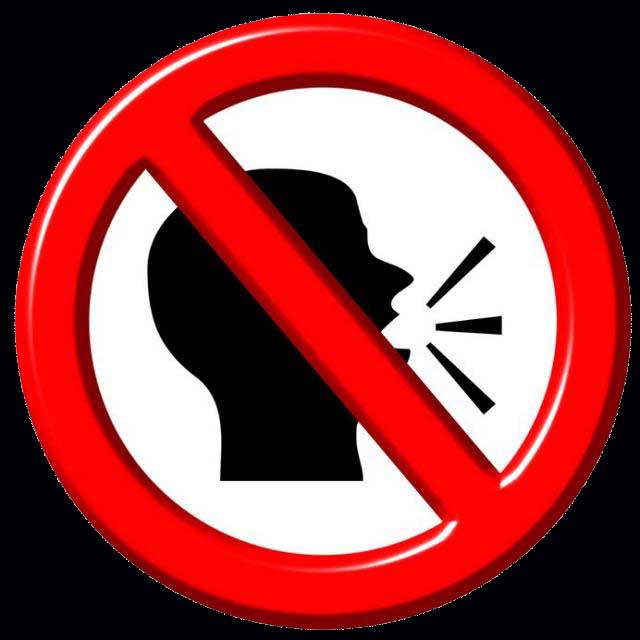
How much time do you spend talking during a rehearsal? The maximum should be no more than 25% - but really efficient conductors can so hone their instructions that they take less than 10% of their allotted time. Thus they give their singers 90% of the practice time to actually sing. Your singers have come to your rehearsal to sing, not to hear you talk!
I dare you to ask a friend with a stop watch to time how long you talk during a rehearsal. Make sure that he tells you the answer in confidence, for you may be dismayed by his answer!
© John Bertalot, Blackburn 2013


